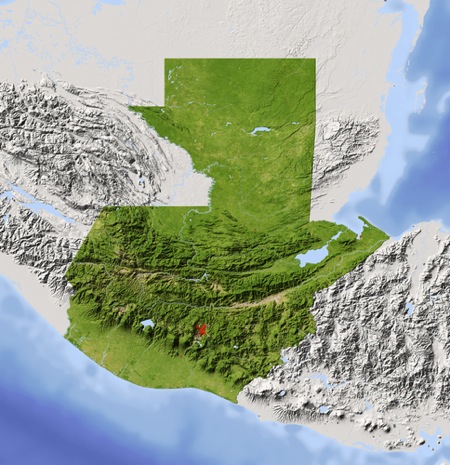|
|
|
|
SOCIAL AND ENVIRONMENTAL GOALS
Social Goals:
 |
Contribute in the development of a sustainable social model; |
 |
Dignified working conditions |
 |
Safety, health, and prevention of risks on the job; |
 |
Avoidance of involuntary displacements; |
 |
Inclusion, respect, and support of indigenous peoples; |
 |
Preservation of cultural heritage. |

Environmental Goals:
 |
Contribution to development of an environmentally sustainable territorial model |
 |
Contribution to sustainable transportation. |
 |
Promotion of continuous environmental evaluation. |
 |
Increased quality of the environment to improve quality of life. |
 |
Preservation of environmental conditions for development of economic activities. |
 |
Planning of infrastructures and activities, minimizing alteration of coastline, landscape and associated natural processes. |
 |
Establishment of an integrated system of prevention and control of contamination. |
 |
Encouragement of eco-efficiency in the use of energy and natural resources; |
 |
Implementation of necessary preventive and compensatory actions, to conserve the components and functions of the ecosystem and biodiversity; |
 |
Management of natural risks. |

Municipal Accords for Authorization of Municipal Environmental Management Office – OGAM.
As part of the commitments assumed by the State of Guatemala in the Declaration of Río (2000) and in the Declaration of Cancún (2010), and in accordance with the National Policy for Environmental Deconcentration and Management , the 46 partner, Municipal Districts have issued authorization to establish Municipal Environmental Management offices OGAM as means for development and fulfillment of all regulations existing in reference to the environment and sustainable development.
Platforms and Mapping:
During the route selection process, the Corredor Interoceánico de Guatemala has considered social and environmental factors to minimize negative impact in these areas so as to respect their rights.
Regarding location of the platforms, criteria was preferred in which there would be as little effect as possible on existing densely populated settlements. The zone locations
have been selected based on the environmental study carried out in the region and on
consideration as to the degree of environmental degradation, derived from the existing territorial model in the Pacific coastline, by socioeconomic activities taking place in the zone, and, in the Atlantic coastline, related to cattl
Regarding the Corridor, optimum land mapping selection respected interests of the population and municipalities and rights of indigenous communities, seeking the least possible negative environmental and social impact.
The design of the railroad and pipelines avoided, as much as possible, remaining forest areas located in those departments with forest degradation, as well as passage through human settlements of any size, preserving highly productive agricultural lands.
All corresponding environmental considerations were made for water sources.
|
|
|
|
